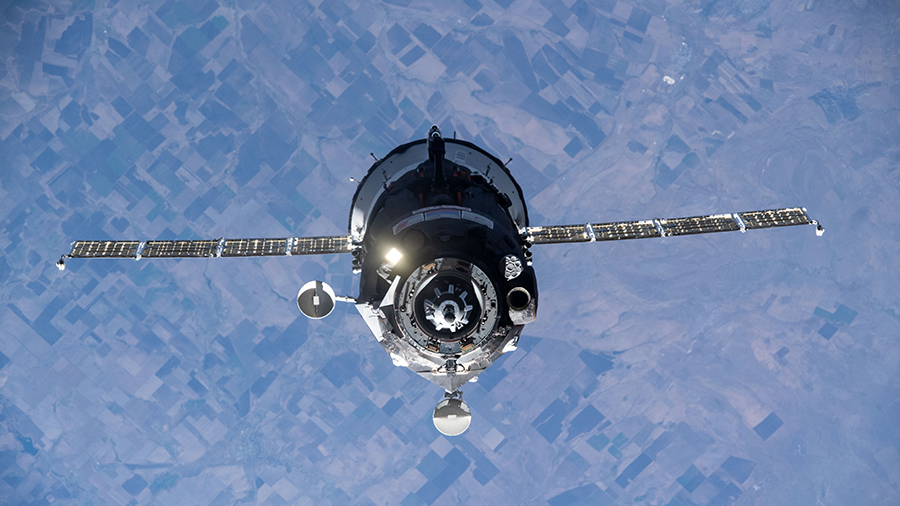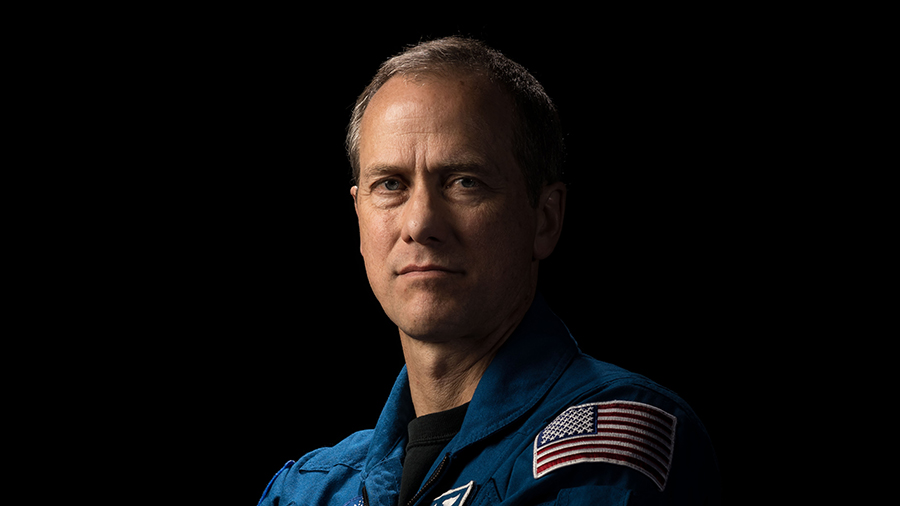
Human research and space physics comprised the majority of the science schedule aboard the International Space Station on Tuesday. The Expedition 67 crew members also worked on U.S. and Russian cargo ships while preparing for two spacewalks.
Vein and artery scans topped the day for Commander Tom Marshburn of NASA as he attached sensors to himself and operated an ultrasound scan to observe how microgravity is affecting his blood vessels and heart. Flight Engineer Matthias Maurer of ESA (European Space Agency) turned on the Bio-Monitor and connected it to a vest he wore that measured and recorded his vital signs while he was going about his daily activities aboard the station.
Maurer also joined NASA Flight Engineer Kayla Barron and took turns swapping out research furnaces inside the Materials Science Laboratory rack located in the U.S. Destiny laboratory module. Barron then took a robotics test as part of a monthly psychological assessment to understand how living in space affects a crew member’s behavior and performance.
NASA Flight Engineer Raja Chari and Roscosmos Flight Engineer Oleg Artemyev worked on cargo transfers in their respective cargo ships. Chari organized cargo inside Northrop Grumman’s Cygnus cargo ship after a morning of replacing components inside an oxygen generator. Artemyev updated the Russian inventory management system and collected items for disposal inside the ISS Progress 79 resupply ship.
Veteran cosmonaut Artemyev is also getting for the fourth spacewalk of his career currently targeted for April 18. He and first-time space-flyer Denis Matveev are collecting their spacewalk tools and configuring the Poisk module where they will exit in their Orlan spacesuits in less than two weeks. The duo is reviewing the procedures necessary to prepare the Nauka multipurpose laboratory module for Europe’s first station robotic arm. Cosmonaut and Flight Engineer Sergey Korsakov spent the day servicing air conditioning gear in the orbiting lab’s Russian segment.
Learn more about station activities by following the space station blog, @space_station and @ISS_Research on Twitter, as well as the ISS Facebook and ISS Instagram accounts.
Get weekly video highlights at: http://jscfeatures.jsc.nasa.gov/videoupdate/
Get the latest from NASA delivered every week. Subscribe here: www.nasa.gov/subscribe









